Form Follows Force!
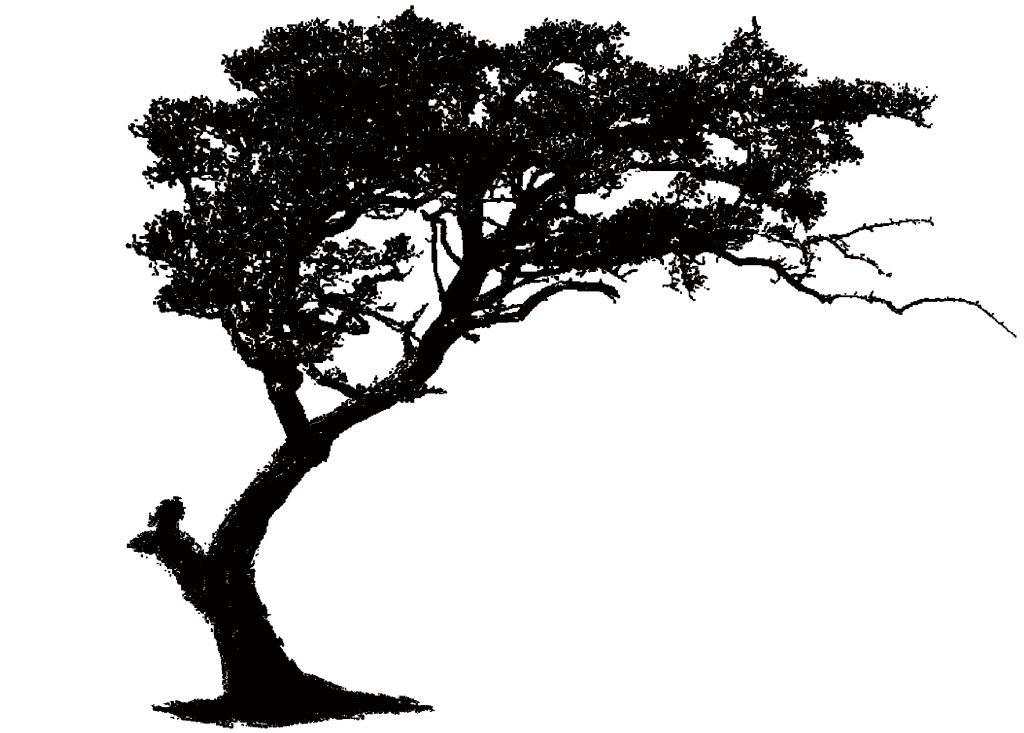
At Snug we endeavour to create humane homes where people 'love where they live'. Our architecture seeks always to respond positively to the forces at work upon it. These forces are derived from the characteristics of the site, the ergonomics of inhabitation and of course the clients business plan. Form follows force!
Two quotes that have always influenced our work. The first, Jorn Utzon in The Innermost Being of Architecture;
‘The true innermost being of architecture can be compared to natures seed, and something of the inevitability of nature’s principle of growth ought to be a fundamental concept in architecture. If we think of the seeds that turn into plants or trees, everything within the same genus would develop the same way if the growth potential were not so different and if each growth possessed within itself the ability to grow without compromise. On account of different conditions, similar seeds turn into widely differing organisms.’
In other words, in nature, form follows force.
Our signature design process, shrink wrapped function and the stealthed form, is a design strategy for a humane architecture. We have been refining the use of this technique to produce efficient housing layouts that respond to the forces at work on the project.
Be it the macro scale of walking around a large development, embedding and sculpturing forms into their immediate physical context or the micro scale of manoeuvring around a bed in a bedroom, we are always thinking about the way our buildings mould to the forces at work upon them.
When these forces align with the emotional requirements of the human; lighting; materials; familiar domestic forms; the design becomes not just for the human, the functional, but is for the humane, the force.
The second quote is by Steven Holl, from Anchoring;
‘Architecture is bound to site…Building transcends physical and functional requirements by fusing with a place, by gathering the meaning of a situation architecture does not so much intrude on a landscape as it serves to explain it.’
The places in which we live should help us live and orientate ourselves in the world. They should speak of who we are and how we hope to be.
We have sought to develop these ideas in the context of a series of large scale housing development, to showcase its effectiveness. We approached standard housing typologies, and applied our principles, sculpting forms that echo an arts and crafts contextual style through the contemporary use of asymmetry, chamfering, jettying, gables and pitching. This was completed by lowering the perceived scale of the larger units through stealthed forms, using rhythm in street scenes, defining lynchian nodes and routes and celebrating the edge of the sites through its relationship to its natural context, increasing its surface area and pulling views deeper into the site. The result are places that we would love to call home.
We feel we have produced a new domestic design aesthetic that is contextual, familiar and loveable. We would welcome your thoughts?
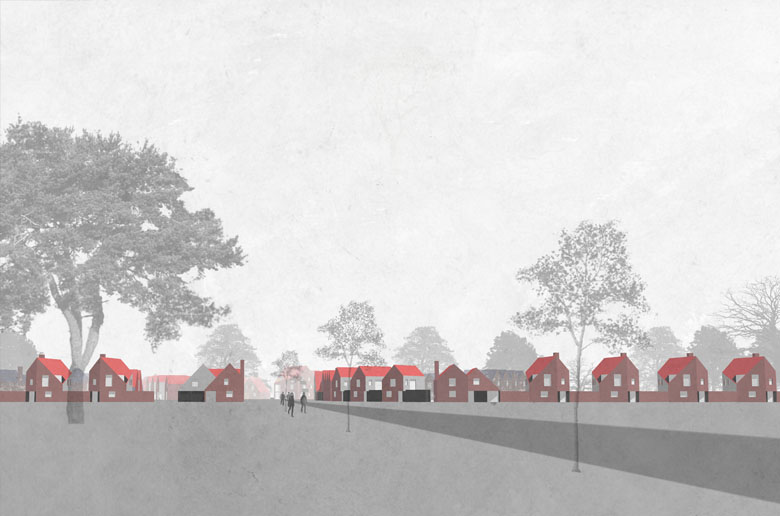
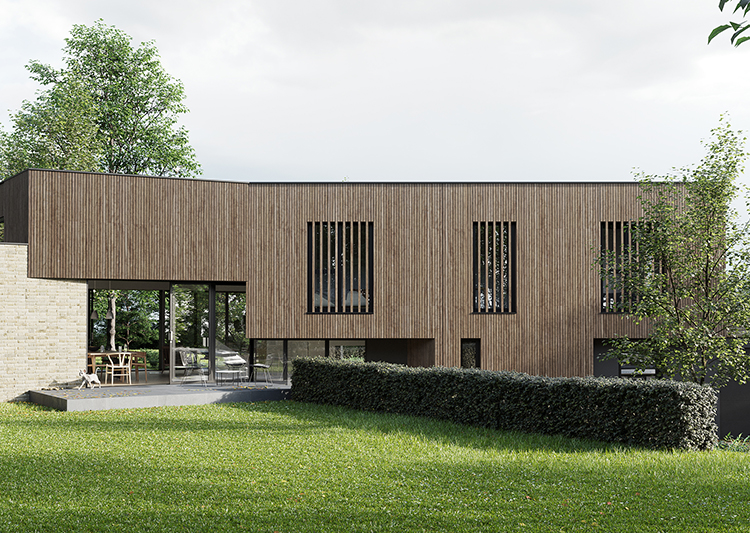
Settlement Edge
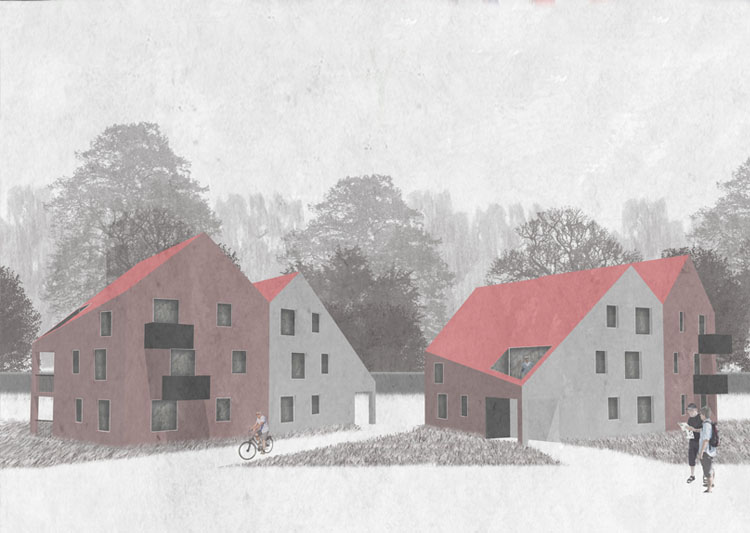
The Flats
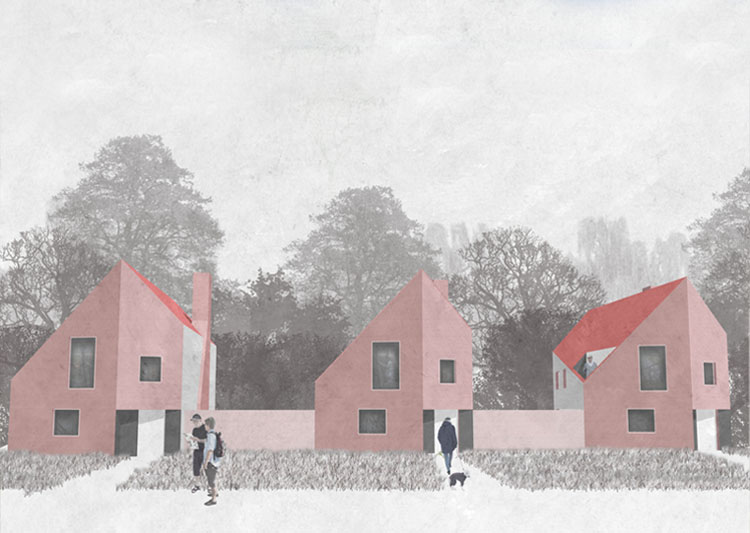
Detached House

